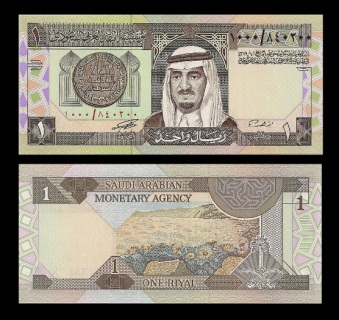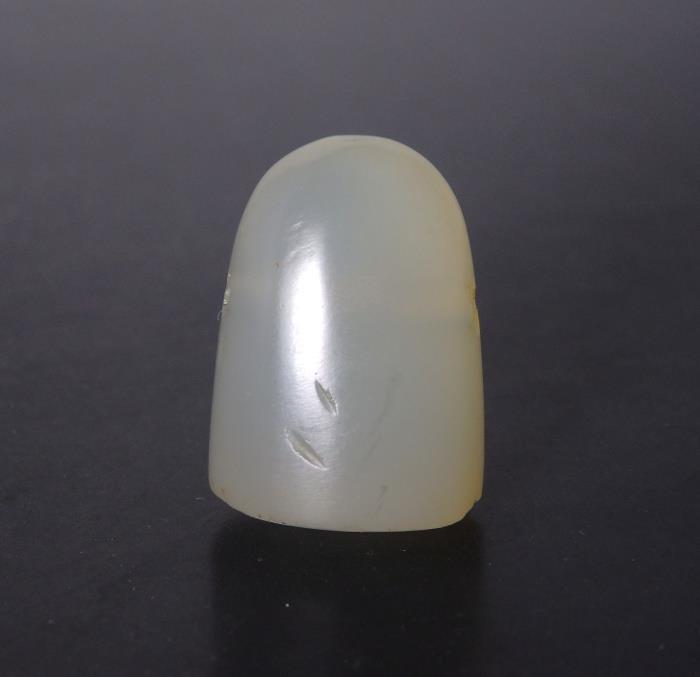
But this is really mere counting and tallying rather than mathematics as such. The ABC conjecture makes a statement about pairs of numbers that have no prime factors in common, Peterson explained.Some of the very earliest evidence of mankind thinking about numbers is from notched bones in Africa dating back to 35,000 to 20,000 years ago. Prime numbers are numbers that can only be evenly divided by 1 and themselves, such as 5 and 17. What is the relationship between prime numbers? … Although whether a number is prime or not is pre-determined, mathematicians don’t have a way to predict which numbers are prime, and so tend to treat them as if they occur randomly. Mathematicians are stunned by the discovery that prime numbers are pickier than previously thought. Since 99 cannot be divided by just 1 and 99, it is not a prime number. The number 99 can be evenly divided by 1, 3, 9, 11, 33 and 99, with no remainder. … That’s because after the number 5, there are only four possibilities - 1, 3, 7 and 9 - for prime last digits. But there’s no discernable pattern in the occurrence of the primes. Is there a pattern in prime numbers?Ī clear rule determines exactly what makes a prime: it’s a whole number that can’t be exactly divided by anything except 1 and itself. For example, the square root of 23 is around 4.

So, if you test all the numbers up to the square root, you can rest assured that the number is prime. How do you know if a square root is a prime number? What are the prime number from 1 to 100?Ī prime number (or a prime) is a natural number that has exactly two distinct natural number divisors: 1 and itself. If you don’t get a whole number, next try dividing it by prime numbers: 3, 5, 7, 11 (9 is divisible by 3) and so on, always dividing by a prime number (see table below). To prove whether a number is a prime number, first try dividing it by 2, and see if you get a whole number. How can you tell if a number is a prime number? How many prime numbers are there between 00? If you do the math, the new largest-known prime is a whopping /b> digits long. In this case, “n” is equal to /b>, which is itself a prime number. Mersenne primes have a simple formula: 2n-1.

Therefore, every prime number other than 2 is an odd number, and is called an odd prime.

To us, the digit 2 can mean 2, 20, 200, or 2/10, and so on, depending on where it appears in a number. Their notation is not terribly hard to decipher, partly because they use a positional notation system, just like we do. The Babylonian number system uses base 60 (sexagesimal) instead of 10. Sumerians How does the Babylonian number system work? What is the relationship between prime numbers?.How do you know if a square root is a prime number?.What are the prime number from 1 to 100?.How can you tell if a number is a prime number?.How many prime numbers are there between 00?.Do numbers look the same in all languages?.Why did the Babylonians use a base 60 system?.How does the Babylonian number system work?.


 0 kommentar(er)
0 kommentar(er)
